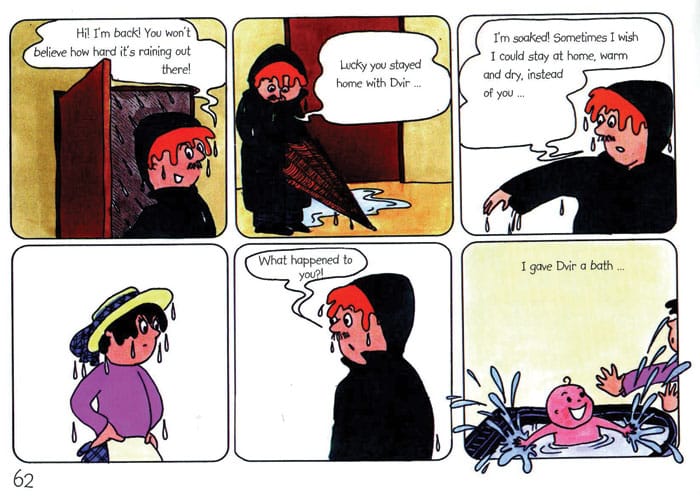 Efi Ungar, Dvir (1997). © Efi Ungar. All rights reserved to the family of Efi Ungar.
Efi Ungar, Dvir (1997). © Efi Ungar. All rights reserved to the family of Efi Ungar. The impact Jewish men have had on the world of comic books is well known. Stan Lee ran Marvel Comics and introduced the world to Spider-Man, The Hulk, Iron Man and the Fantastic Four. Jerry Siegel and artist Joe Shuster created Superman and one of the earliest comics artists, Will Eisner, created “The Spirit.”
Though the influence of Jewish men on comics has been widely explored, Jewish women’s impact has not. However, now that’s changed, with the new book “Jewish Women in Comics: Bodies and Borders” (Syracuse University Press), a collection of essays edited by Heike Bauer, Andrea Greenbaum and Sarah Lightman that explores the representation of Jewish women’s bodies and their bodily experience in pictorial narratives.
“Jewish women and their comics are such a thriving and dynamic field for both creators and scholars.” – Sarah Lightman
“Jewish women and their comics are such a thriving and dynamic field for both creators and scholars,” said Lightman, who also wrote the graphic autobiography “The Book of Sarah.” “It’s very exciting to see how many articles and books have been written, how many events continue to celebrate this flourishing domain. We are delighted that our volume continues this trajectory, putting Jewish women artists, and their work, in the spotlight.”
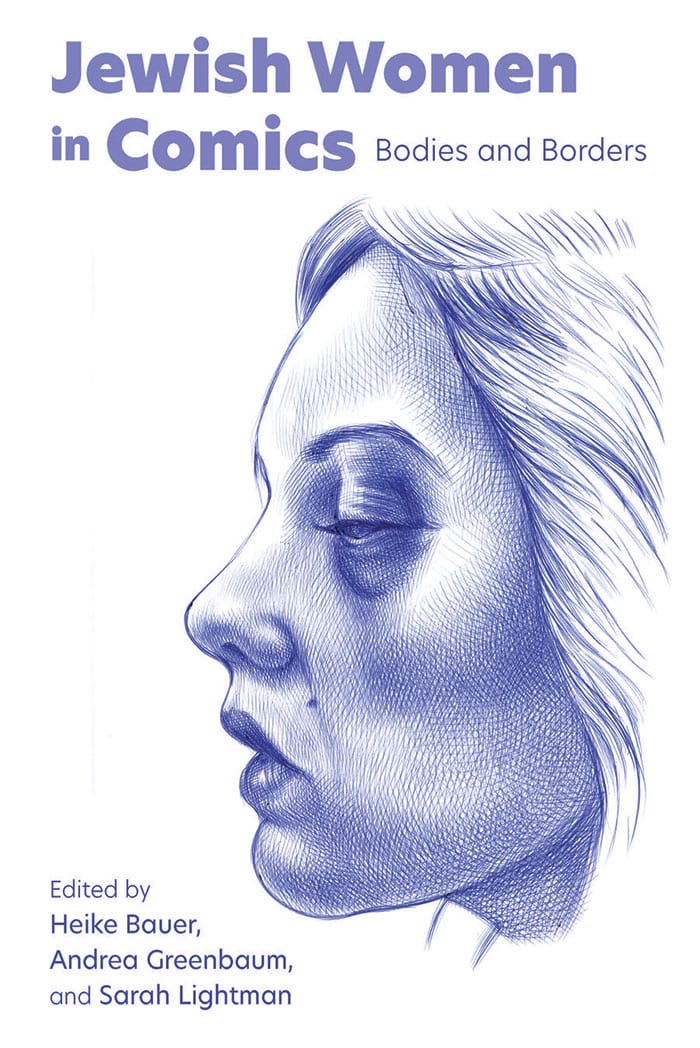
“Jewish Women in Comics” highlights Jewish women’s involvement and significant contributions to the comic book industry and brings up topics like motherhood, gender, Haredi and Orthodox family life, miscarriages and spirituality. The comics featured range from serious subjects to more light-hearted stories. “Sheretz,” by American-Israeli comic artist Miriam Libicki, is about the author believing she has a miscarriage; in another comic by Efi Ungar, a husband comes home soaking from the rain outside and is shocked to find that his wife is also wet. “What happened to you?!” the husband asks. “I gave Dvir a bath …” says the wife, who is pictured bathing their baby.
“It’s been a privilege to include so many carefully-crafted comics about bodily experiences,” said Lightman. “We feature the artworks of Nancy K. Miller recording her cancer treatment, Marissa Moss’ work about her husband suffering from Amyotrophic lateral sclerosis (ALS, also known as “Lou Gehrig’s Disease”), Emily Steinberg on her IVF experiences and Miriam Libicki’s three-page comic about her miscarriage.”
The book is divided up into comics, interviews and essays, and features contributions from New Yorker artists Emily Steinberg and Amy Kurzweil and Sharon Rudahl, an illustrator who was one of the forerunners of the 1970’s underground comix movement. It’s dedicated to two other pioneers who passed in 2022, Aline Kominsky-Crumb and Diane Noomin. Kominsky-Crumb made autobiographical underground comic books and closely collaborated with her husband, fellow comic book artist Robert Crumb, while Noomin worked with Kominsky-Crumb and made feminist underground comics.
“These great Jewish women created some of the very first comics about their bodies and their Jewishness,” said Lightman. “Both artists influenced me greatly and I am grateful to have known them, and to have been inspired by their work. It’s an honor to dedicate these 296 pages, including 49 color and 27 black-and-white illustrations, to them.”
Lightman and co-editors Bauer and Greenbaum were excited to release their book because oftentimes, great works by these women aren’t seen in the mainstream. “As in any area of art, art history or literature, only a few names make it into public domain and achieve recognition,” said Lightman. “Who are those who decide what gets reproduced and publicized? [It] allowed us, as editors, the power to be generous gatekeepers and advocates for Jewish women’s creativity.”
“Jewish Women in Comics: Bodies & Borders” comes in hardcover and paperback, making it more affordable for readers and institutions. The goal, Lightman said, is to spread it far and wide, and offer encouragement to those who are also interested in creating comics.
“I hope this book inspires people to read more comics, read more about comics and perhaps make their own.”
“Jewish Women in Comics: Bodies and Borders” is available on Amazon.
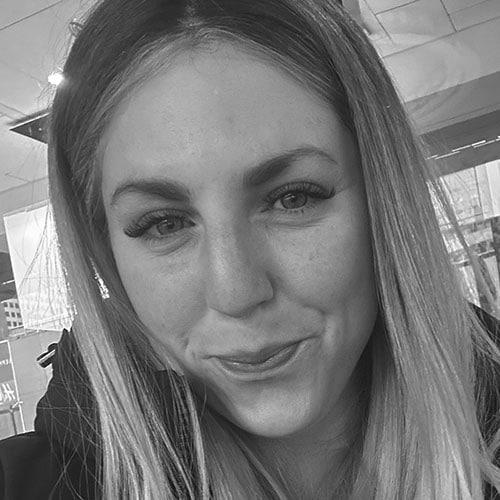










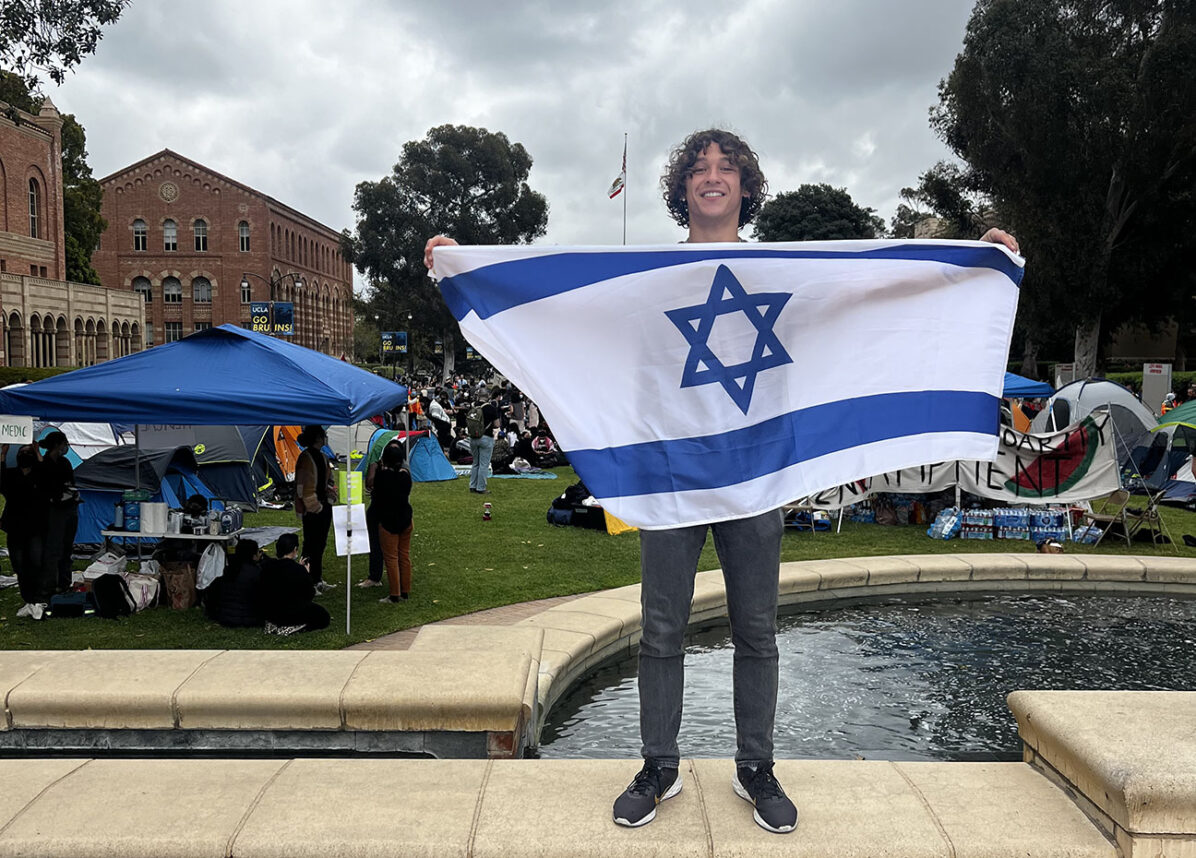

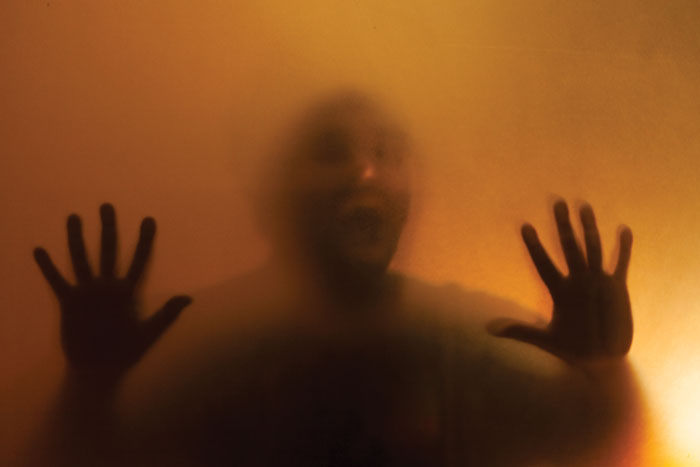
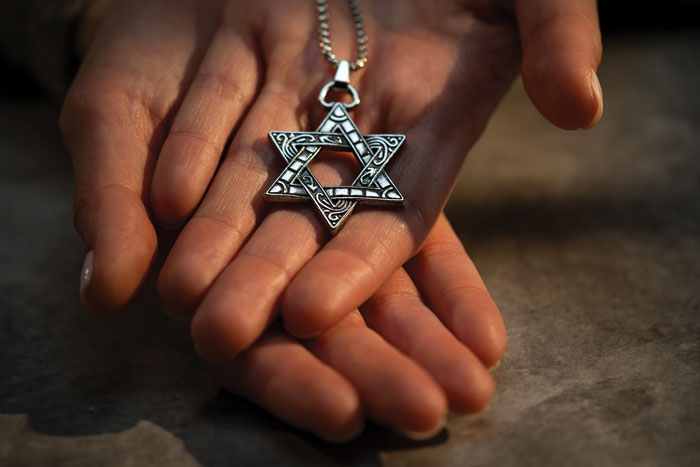








 More news and opinions than at a Shabbat dinner, right in your inbox.
More news and opinions than at a Shabbat dinner, right in your inbox.